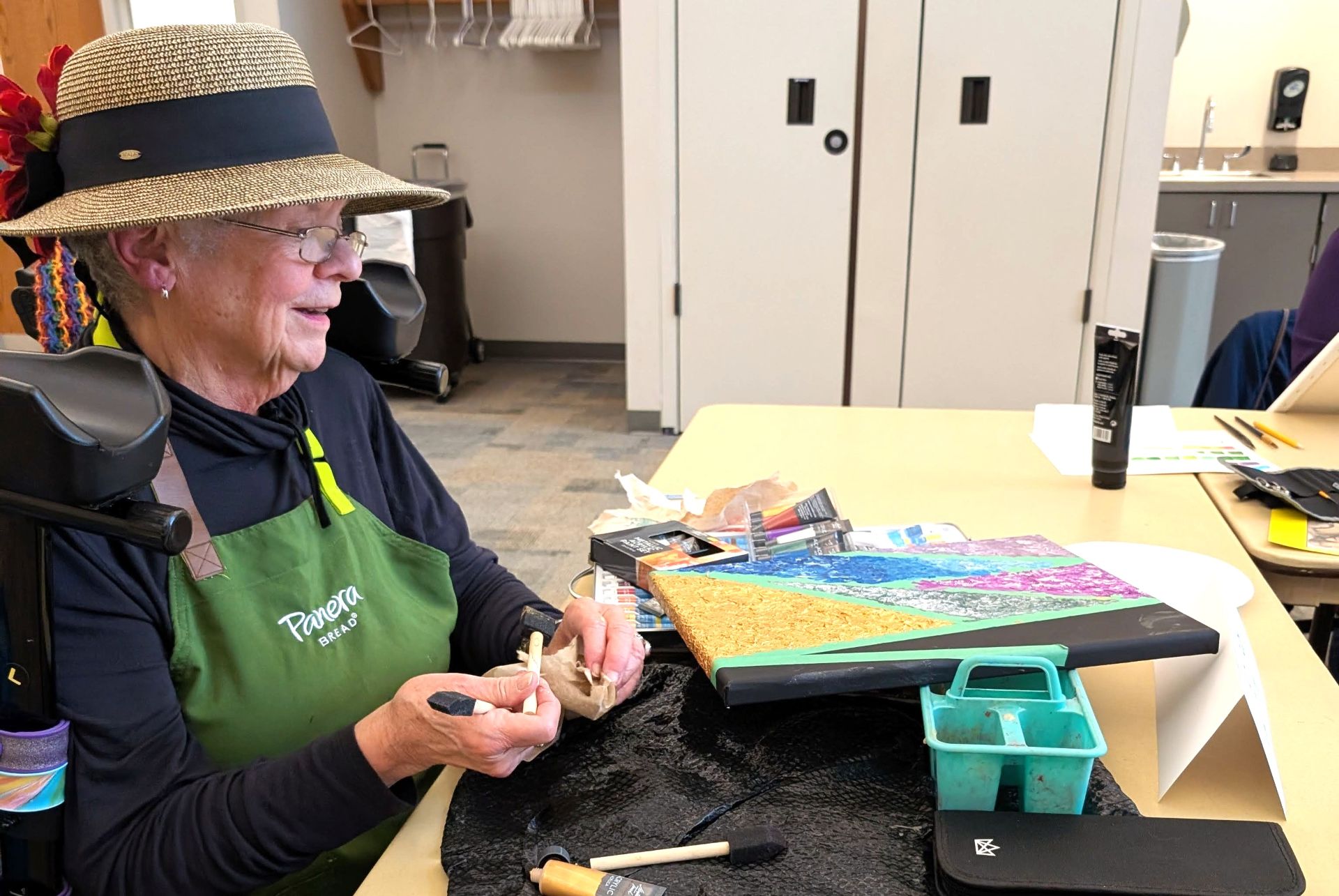A Partnership Meets A Strategic Plan
Participants from Nebraska’s Creative Aging Program share their experiences. Click here to learn more about the program.
When Lifetime Arts teamed up with the Nebraska Arts Council (NAC) in 2021, creative aging was just beginning to catch on—the interest was real, the energy was high, and the timing was right to build momentum. As Anne Alston, NAC’s Program Specialist, recalled:
“Lifetime Arts helped provide not just information, but a framework—insight into what our teaching artists needed and how we could grow something lasting.”
What started with a few training sessions and a focus on building an artist roster has grown into a statewide effort. From Omaha to the Sandhills, artist residencies are happening in libraries, senior centers, and churches—bringing older adults together to create, connect, and celebrate themselves and their communities.
“We’re not just offering residencies,” said Joshua Brown, NAC’s Programs Coordinator. “We’re building relationships, empowering artists, and giving older adults the chance to shine.”
Where There’s a Town, There’s a Trusted Library
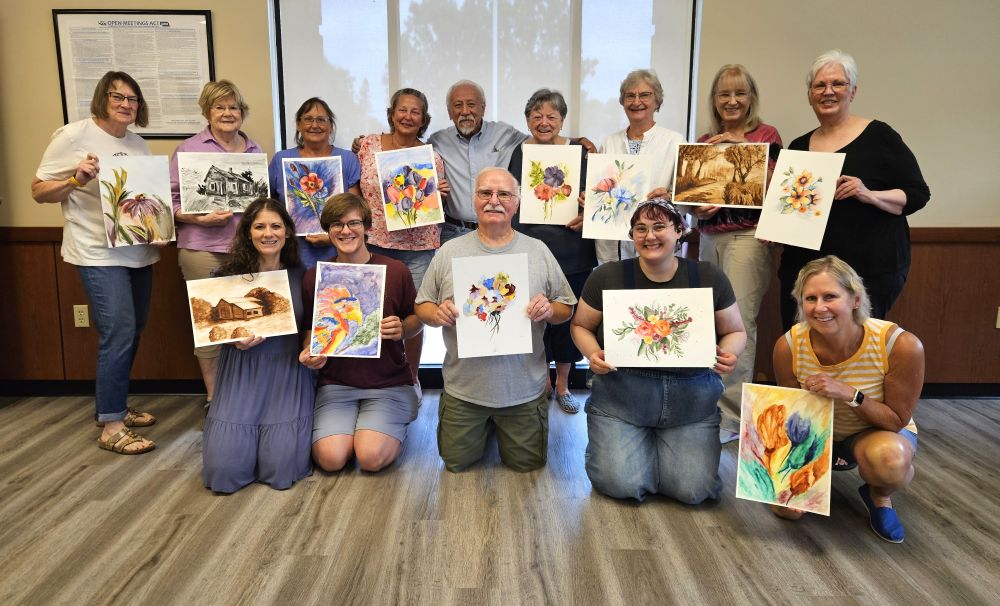
Participants during a painting program at Waterloo Public Library in Waterloo, NE. Credit: Joshua Brown
At NAC, libraries have become a key part of the plan. As Anne shared, in many rural towns, the library might be the only community hub around—so it’s the perfect place to reach older adults.
Joshua added that Lifetime Arts encouraged them to connect with libraries early on, which helped spark real partnerships—including teaming up on grants. This shift means creative aging programming is going where older adults live, gather and connect: in places they already know and trust.
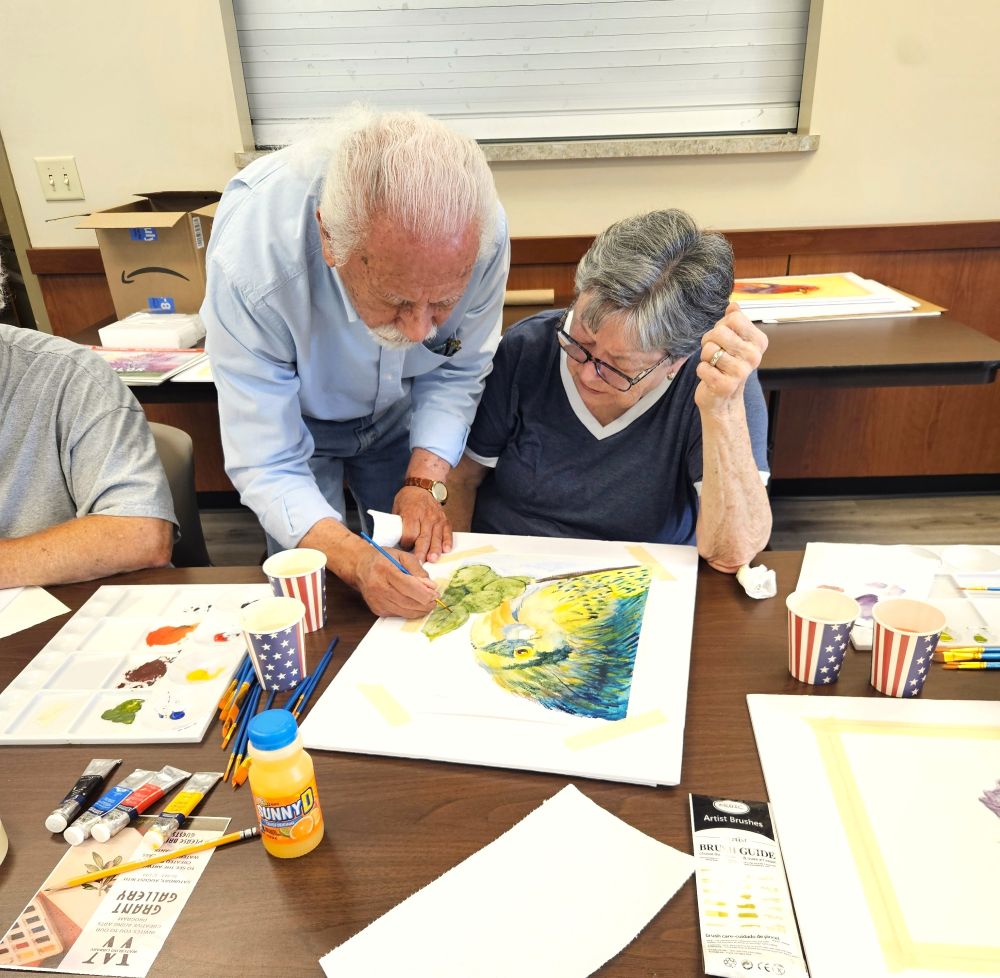
Visual arts program at Waterloo Public Library in Waterloo, NE.
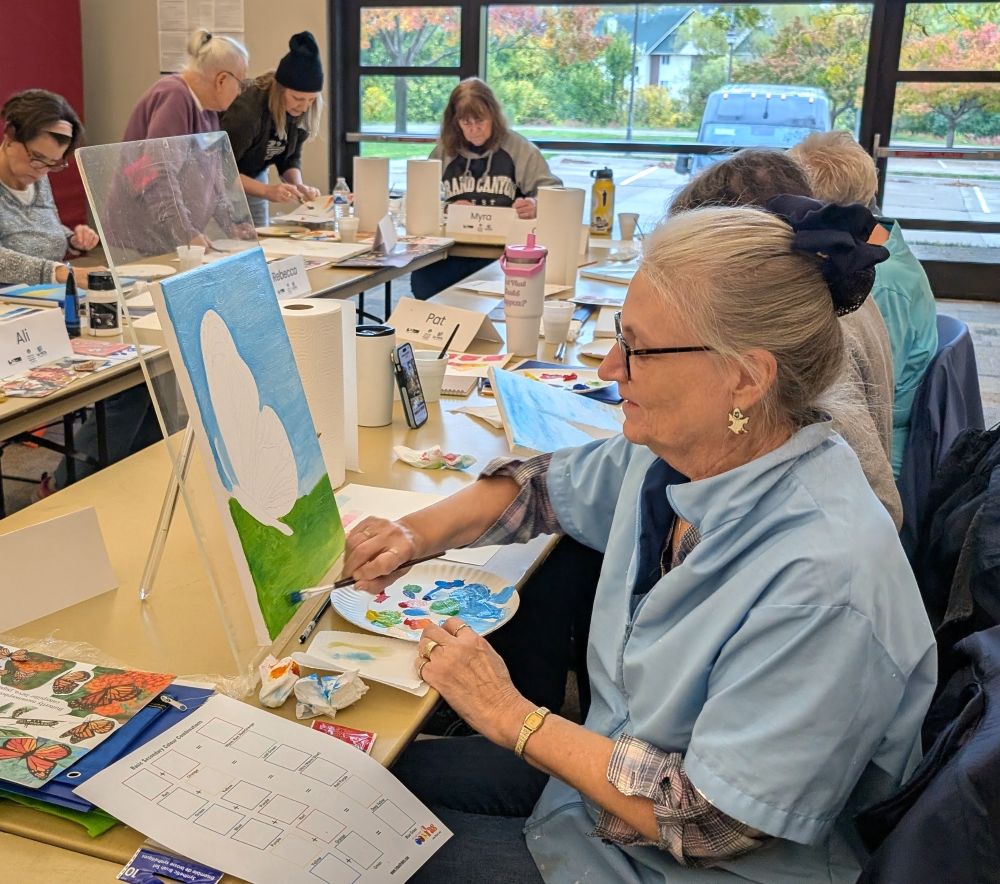
Painting program at La Vista Public Library in La Vista, NE.
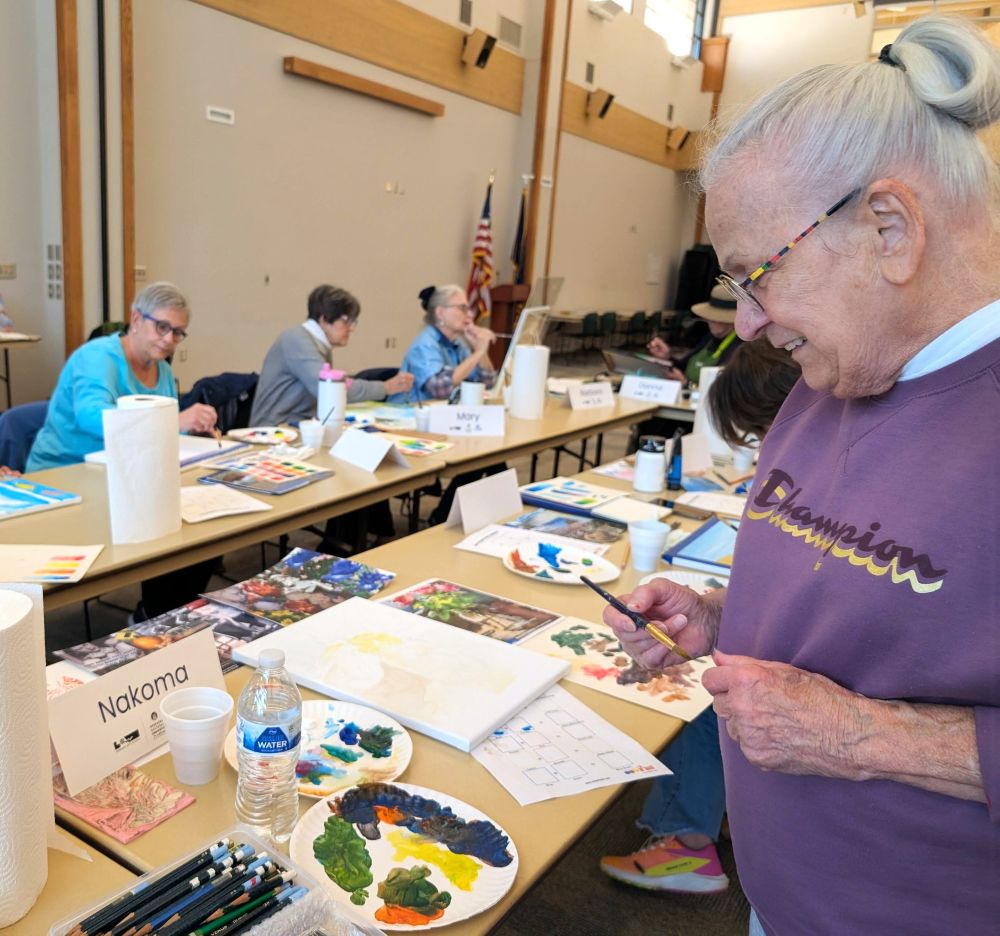
Painting program at La Vista Public Library in La Vista, NE.
Creative Aging = Universal Health Strategy
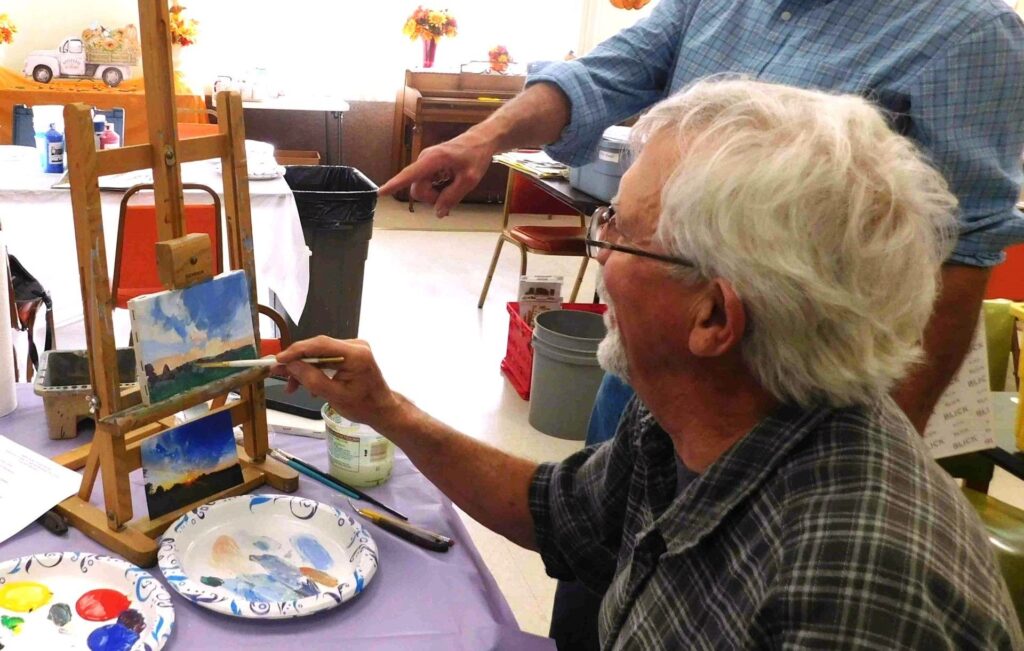
When we chatted about messaging, Joshua shared something key: “There’s just so much attention coming to issues of isolation and understanding how that impacts wellness.” Indeed, NAC has cast creative aging not just as an arts initiative, but as a universal health strategy, which has opened doors to funding and influential champions.
Anne described how a health‑insurance company—Medica—became a funder after being introduced by the library commissioner. The insurance exec, whose father is older and lives in a small town where a library is the only community hub, could clearly see the value of creative aging. With NAC’s new participant surveys (prompted by the Medica grant), NAC is building evidence of impact—stories and data that show creative aging can help connectedness, skill‑building and well‑being.
Rural Challenges, Lessons + Solutions
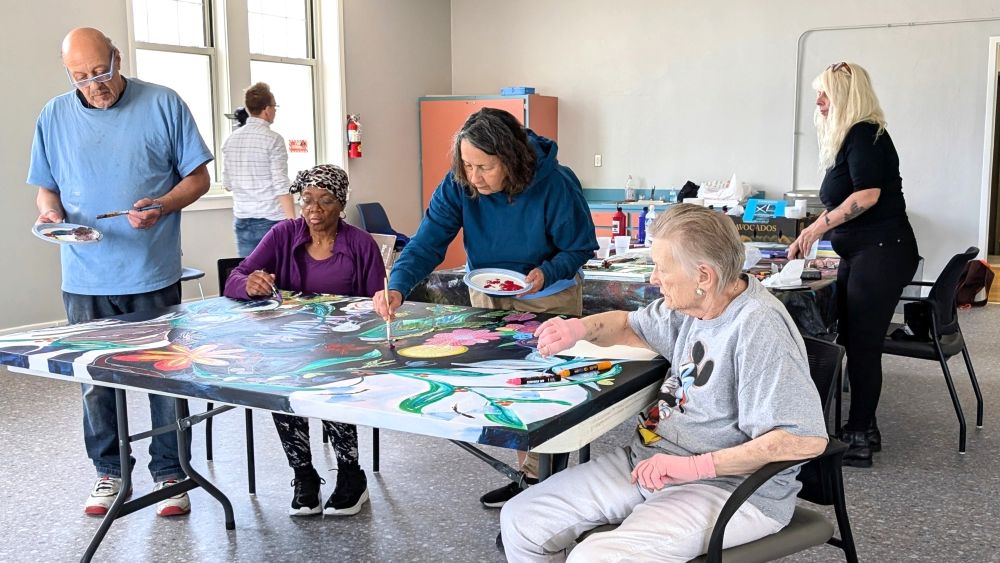
Growth doesn’t come without friction. Anne described a common rural‑state challenge: many of their experienced teaching artists live in the metro Omaha and Lincoln area—too far from the rural residencies to teach weekly classes. Driving 300 miles a week simply doesn’t work. The solution: travel statewide to recruit rural artists and train them in creative aging practices, creating a geographically diverse roster that reflects the state.
Joshua also related a lesson about working with communities that aren’t always traditional grantees—e.g., a Lakota church in western Nebraska. Despite some initial hesitancy, this grant became an impactful intergenerational program, thanks to the dedication of the community and the willingness of a local arts center to provide fiscal sponsorship. That flexibility—allowing grantees to design projects that responded to their local context rather than follow a rigid, one-size-fits-all model—led to unexpected opportunities.
Advice for Others Ready to Launch Creative Aging
If your agency or library system is building a creative aging network, here are NAC’s wise takeaways:
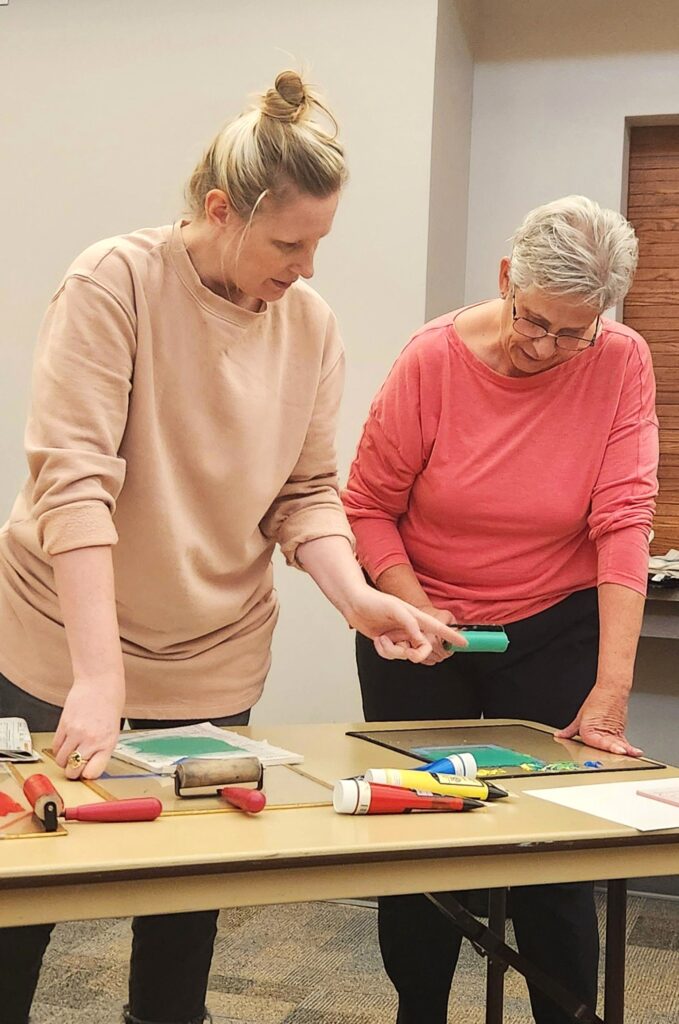
- Leverage advocacy + training resources. Anne recommended tapping into organizations like Lifetime Arts: “[Their] training programs can help make a really strong case for the value.” Even a one-time workshop can open people’s eyes to what creative aging looks like. To keep that momentum going, NAC created a one-page dashboard—a simple, visual snapshot they now use to brief legislators, library directors, and community partners across the state.
- Start small and build patiently. As Joshua said: “Patience is really important… small successes leading to big ones.” Growth doesn’t happen overnight. Begin with manageable pilot programs, let them thrive, then scale.
- Identify the right partner in each institution. “Finding that one enthusiastic individual at an organization who will say, ‘Yes, I like this idea,’ and then you can build momentum with them,” Anne noted.
- Expand beyond traditional arts hubs. Libraries, faith‑based organizations, senior centers—they’re potential sites for creative aging in communities where arts infrastructure may be limited.
- Frame your work as both arts and health. Align creative aging programs to broader goals of social connectedness and healthy aging. That framing attracts new partners and funding.
What’s Next for Nebraska…
Looking ahead, NAC is positioned for growth and innovation. Anne shared that the council is investigating its role in the arts, health , and wellness sphere, and sees the creative aging arts programs as a key player. They’re updating evaluations to include health-focused questions, exploring which functions might be outsourced or scaled, and planning to train more teaching artists so rural communities are better served.
Joshua noted that since the program is growing more naturally now, they’re even thinking about passing some of the work to other partners (libraries, aging offices or major health providers), which speaks to shared leadership and sustainability.
At Lifetime Arts, we’re inspired by NAC’s journey—it’s been thoughtful, collaborative, and full of creativity. Their progress reflects what we believe at our core—and what more and more decision-makers are standing behind: creative aging isn’t an afterthought—it’s essential for connection, purpose, and health as we grow older.
What’s Next For Your State Art Agency?
Nebraska’s growing creative aging—and so are 25+ other state arts agencies. Ready to join them?
If you’re looking to jumpstart or grow creative aging programs in your state, we’ve got your back with the tools, training, and expertise to get you going. Learn more about our work with state arts agencies and connect with us!
Art Forms
Visual Arts, Visual Arts > Painting
Audiences
Arts and Community Orgnizations, Library Systems
Year
Fields
Arts Agency (formerly Arts Council), Government Agency, Government Agency > State
Focuses
Accessibility, Arts + Health, Indigenous

